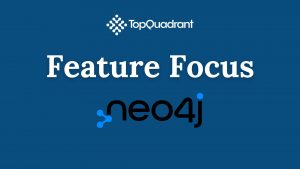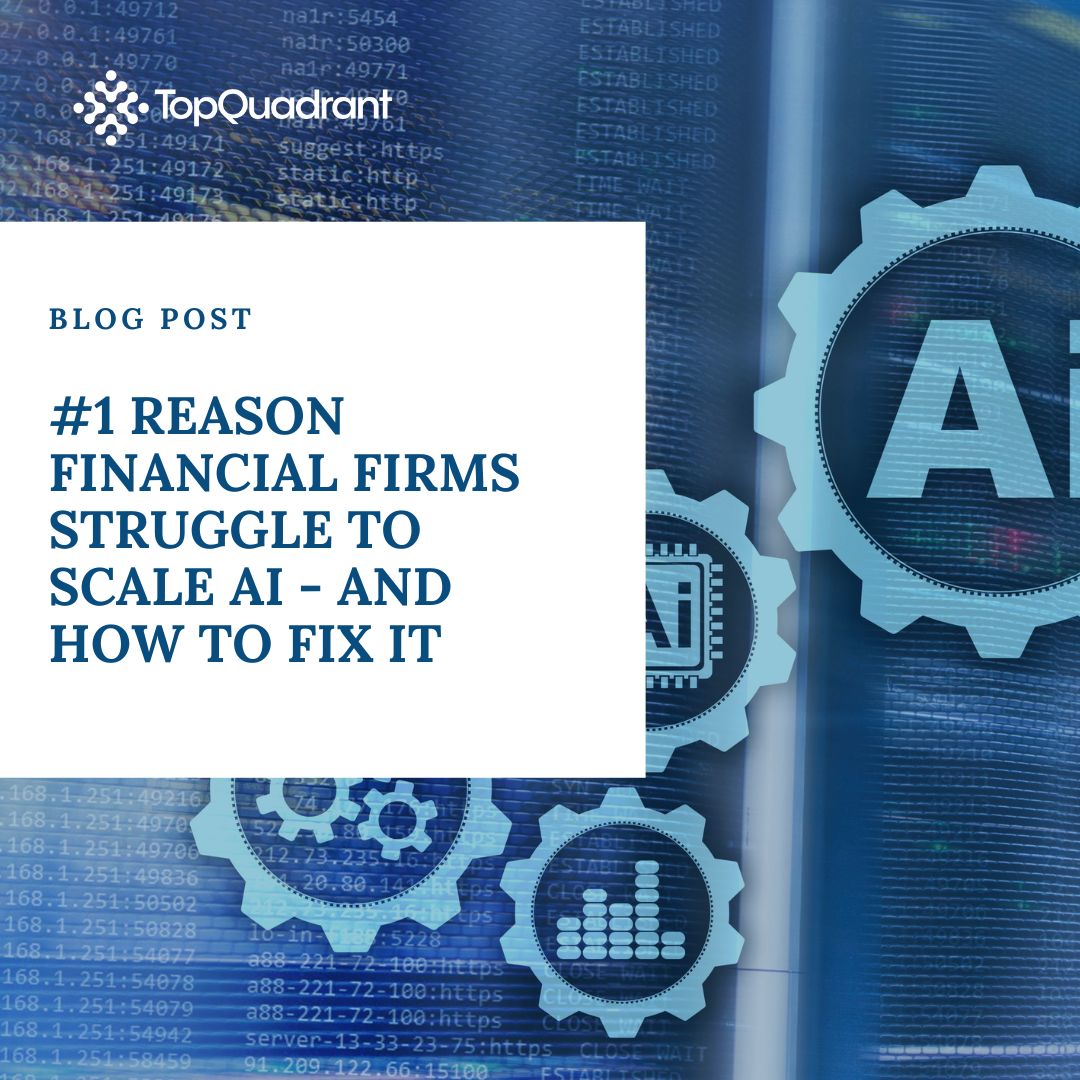Ontology vs Taxonomy: The Importance of Both
Taxonomies and ontologies are essential for building AI-ready data marketplaces. They turn disconnected data into structured, trusted knowledge that drives innovation, compliance, and collaboration across the enterprise.
These models define how concepts and relationships connect in industries like healthcare, finance, manufacturing, and web search. They align with established standards such as SNOMED, SCHEMA.ORG, FIBO, and QUDT.
Ontology vs Taxonomy: What Is the Difference?
An ontology defines not only concepts but the relationships between them, showing how data, entities, and ideas interact.
This makes ontologies crucial for AI models, semantic search, knowledge graphs, and enterprise systems where context and meaning are essential.
A taxonomy, by contrast, organizes information into a simpler hierarchical structure, where each concept fits within a single category.
Taxonomies are powerful for classification and navigation, helping users group and locate information efficiently.
Model and Manage Your Enterprise Knowledge with TopBraid EDG™
Re-use vocabularies
Include, extend, enhance, and connect industry-standard vocabularies to ensure consistent meaning across systems.
Develop taxonomies
Build unlimited hierarchical structures with custom fields, multilingual content, and support for SKOS and SKOS-XL.
Develop ontologies
Define data semantics through classes, attributes, relationships, and business rules for connected enterprise intelligence.
Integration and Reuse for Data Governance
Taxonomies and ontologies reach their full potential when connected with other enterprise assets in your data marketplace. Within TopBraid EDG™, these models integrate seamlessly with business glossaries, reference data, and data catalogs, creating a unified framework for data governance and discovery.

This integration allows teams to:
Reuse and link definitions across systems for consistent understanding
Align metadata, vocabularies, and business rules under a shared governance model
Improve data quality, compliance, and AI readiness through connected semantics
TopBraid EDG enables your organization to move from siloed data management to a governed, reusable data ecosystem where every asset contributes to smarter decisions and faster innovation.
Why Both Taxonomy and Ontology Matter in Modern Enterprises
In many organizations the terms “taxonomy” and “ontology” are used interchangeably. In practice they serve different but complementary purposes. A taxonomy offers a hierarchical classification system that organizes concepts, categories, and assets into parent-child relationships. This structure is useful for content tagging, organization, and simple retrieval: for example grouping documents by department, by product category, or by regulatory classification.
But classification alone is rarely sufficient in large enterprises where data and content come from multiple systems, departments, and formats. That is where ontology becomes crucial. An ontology defines a rich semantic model: it describes entities (classes), their attributes, and the relationships among them. It establishes the meaning and context of data in a way that can be understood by humans and machines alike.
When taxonomy and ontology work together, the result is more than organized content – it becomes a coherent knowledge foundation. Taxonomy handles classification and navigation; ontology handles meaning, relationships, context, and inference. For enterprises aiming to support compliance, metadata-driven governance, search, AI, or cross-domain analytics, having both is the key to unlocking maximum value.
In fields such as financial services, life sciences, manufacturing or publishing, this dual approach ensures that data and content are not just categorized but semantically linked across departments and systems. The combination of taxonomy and ontology becomes the backbone of a data strategy that scales, adapts, and supports intelligent applications.
From Simple Classification to Semantic Intelligence: The Evolution from Taxonomy to Ontology
Historically organizations began with simple taxonomies; classification structures that helped users navigate information or content. These hierarchical models provided a quick way to standardize naming, reduce duplication, and improve findability. For a while, that sufficed. As long as content or documents remained relatively simple and context-agnostic, taxonomy served its purpose.
However, as enterprises grew, systems multiplied, and data diversified, simple taxonomy revealed its limitations. Hierarchical classification could not express relationships beyond parent-child. It was difficult to represent equivalences, dependencies, ownership, lineage, or regulatory context. As soon as business logic or operational complexity increased, taxonomy became rigid and insufficient. At that point, many organizations began evolving their information architecture toward ontology.
An ontology enables richer modeling. It allows you to define complex relationships such as “belongs to,” “depends on,” “regulated by,” or “derived from.” It supports attributes, classifications, constraints, and relationships in a formal, machine-readable format. That formalism allows systems to reason, to infer implicit connections, to navigate across domains, and to support use cases that go beyond simple retrieval.
For enterprises, this evolution is often critical. It supports data harmonization across business units. It allows traceability and governance. It enables systems to share a common language of definitions and relationships. In practice, moving from taxonomy toward ontology means transitioning from static classification toward semantic intelligence; a foundation for analytics, AI, and data-driven decision-making.
How Taxonomy and Ontology Management Supports Data Governance, Search, and AI Initiatives
When taxonomy and ontology are managed under a unified platform, enterprises gain a powerful foundation not only for organizing data and content but for governing, discovering, and deriving insights. First, taxonomy ensures that classification is consistent. Business users can rely on standardized categories across systems, reducing duplication and confusion. This improves findability and facilitates content management, compliance documentation, and reporting.
On top of that, ontology brings context and relationships. With a semantic model in place, data governance becomes more robust. Definitions, lineages, ownership, and relationships can be captured explicitly. This clarity helps compliance teams trace data back to its source, identify dependencies, and enforce policies. For regulated industries or organizations with high compliance burdens, this semantic transparency is often non-negotiable.
From a search and discovery perspective, a managed ontology enables intelligent retrieval. Rather than relying on simple keyword or tag matching, search systems can leverage relationships to deliver more relevant results. For example, a user searching for a “compliance report” might also discover related “risk assessments,” “audit records,” or “policy documents” because the ontology links these entities in a semantically meaningful way. This improves content reuse, accelerates decision-making, and reduces the risk of overlooking critical information.
When it comes to AI and advanced analytics, taxonomy and ontology management creates a trusted, interpreted data layer. Algorithms fed with proper definitions, relationships, and context will produce more accurate, consistent, and explainable results. Ontology supports machine reasoning, inference, and semantic enrichment. This means analytics models and AI agents can traverse relationships, understand dependencies, and surface insights grounded in business logic rather than isolated data points.
By investing in taxonomy and ontology management, organizations build a data foundation that supports not only content management and compliance but also search, analytics, data governance, and future-proof AI adoption.
What to Look for in a Taxonomy & Ontology Platform - and Why TopQuadrant Fits
A strong taxonomy and ontology management platform should provide more than just a way to organize categories or a simple folder tree. It must support metadata, semantic definitions, relationship modeling, version control, governance workflows, and seamless integration with data assets and applications. It should allow ontology and taxonomy to evolve as business needs change. It should facilitate collaboration among business stakeholders, data stewards, and technical teams.
TopQuadrant’s offering stands out because it addresses exactly these needs. The platform enables structured taxonomy management while layering on robust ontology modeling. It supports semantic relationships, domain-specific vocabularies, and formal definitions so that data and content are not just labeled but meaningfully contextualized. It supports metadata, governance, and collaboration tools that help enterprises maintain control and consistency across evolving data environments.
Moreover, TopQuadrant’s solution embraces flexibility and future readiness. As organizations grow, acquire new systems, or adopt AI, the taxonomy and ontology models can be extended, adapted, and maintained without breaking existing logic or structures. This ensures long-term viability and alignment between data strategy and business evolution.
For enterprises seeking not just content classification but a comprehensive semantic foundation that supports governance, discovery, AI, and cross-functional collaboration, TopQuadrant delivers a platform that combines taxonomy simplicity with ontology power.
Related Knowledge

How to use OWL in TopQuadrant’s TopBraid EDG
Resource Hub Search Table of Contents < All Topics Main Knowledge Graphs How to use OWL in TopQuadrant's TopBraid EDG Print How to use OWL

Improve Metadata Consistency in SharePoint and AEM with AI-Powered Tagging
Resource Hub Search Table of Contents < All Topics Main Data Governance Improve Metadata Consistency in SharePoint and AEM with AI-Powered Tagging Print Improve Metadata

Feature Focus – Neo4j
Resource Hub Search Table of Contents < All Topics Main Data Governance Feature Focus – Neo4j Print Feature Focus – Neo4jThis video showcases the integration
From Hype to Reality: How Ontologies Are Paving the Way for Enterprise AI
Resource Hub Search Table of Contents < All Topics Main Ontologies From Hype to Reality: How Ontologies Are Paving the Way for Enterprise AI Print
Visual Exploration of Ontologies with TopBraid EDG
Users often want to explore knowledge models visually. Diagrams help them in understanding the models and are especially useful when discussing models with colleagues.
Why I Use SHACL For Defining Ontology Models
This is the second blog on what modeling language we recommend to use when creating ontologies. In this blog I will talk about what I do use.
